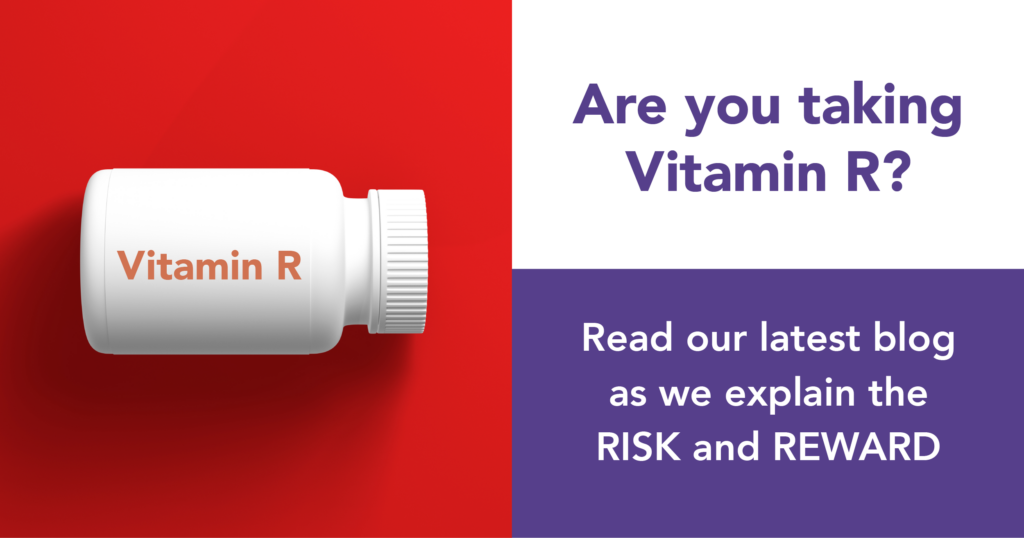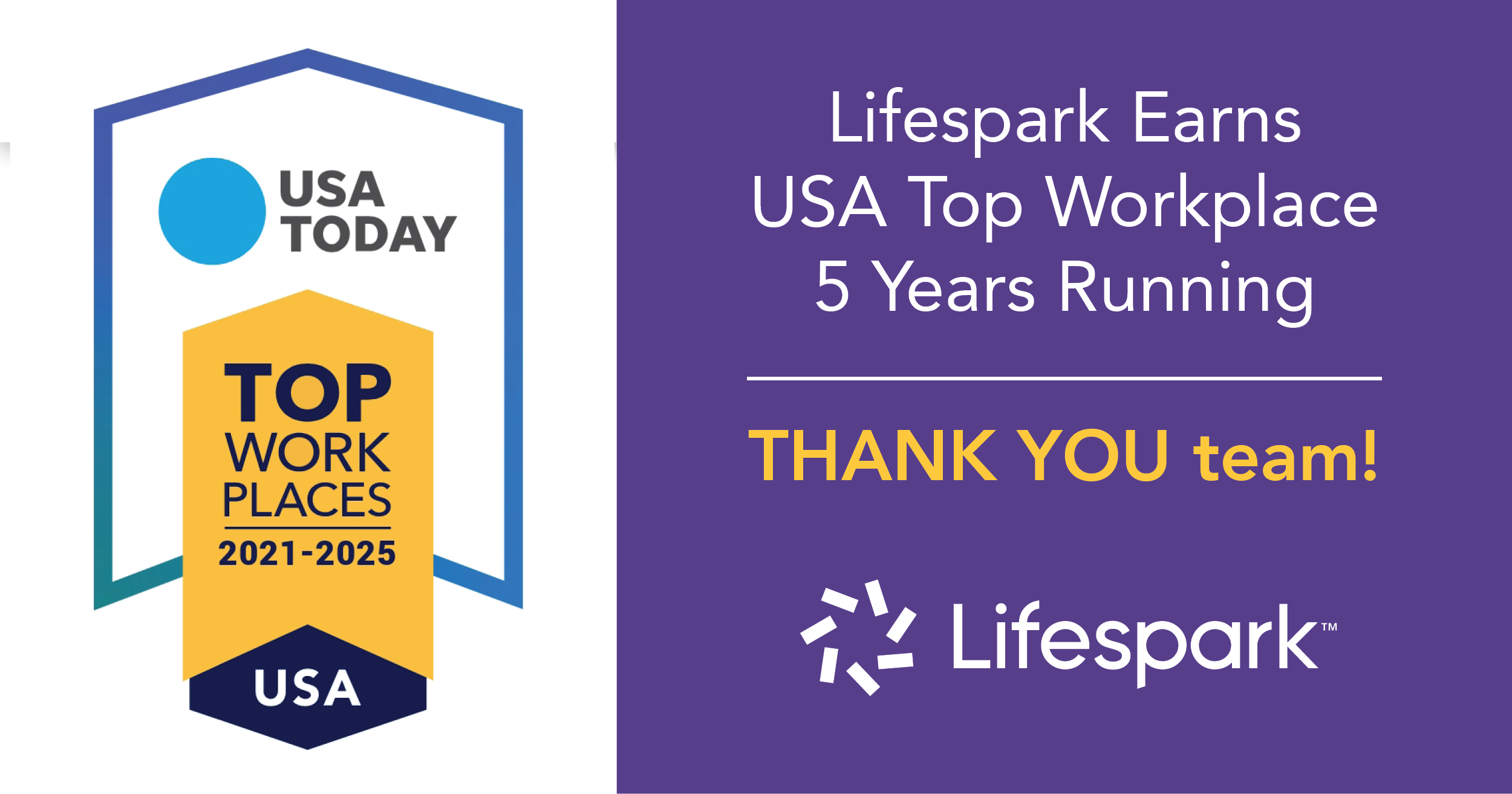
Listen to an audio conversation on this topic:
When I was eleven, I became obsessed with learning how to ride a unicycle. It was a slow and painful process, involving ugly gashes, lacerations, road rash, and bruises, but I refused to give up. How my mom survived the bloodletting is beyond me, but never once did she tell me to quit.
Fifty-some years later, I suddenly found myself feeling overly protective of my mom, now in her late 80s and recently widowed, blind in one eye, cognitively impaired, and weighing in at 93 pounds. My motivation to keep her safe was partly self-interest—anything to avoid another trip to the emergency department—but I had to remind myself that my mom didn’t interfere with my unicycling obsession, in spite of the obvious risks and consequences, so who was I to prevent her from having adventures?
She was living life on her terms, and if that meant fracturing her patella, breaking a couple of ribs, falling on her head, and developing sepsis after being bitten by a random dog (which it did), my job was to love and support her, sometimes in the ER.
Safety vs. freedom and dignity
There are legions of seniors who, like my mom, defy the ageist assumption that older adults are uniformly risk adverse. But it is a commonly held belief, and those who buy into that myth tend to prioritize safety over freedom and dignity for the elders in their lives, according to renowned geriatrician, Dr. Bill Thomas, Lifespark Chief Independence Officer.
“It’s a dangerous mindset because it causes ‘surplus safety,’ where older adults are restricted from accessing enough of the right kinds of risk for them,” he said. “And when you don’t get enough risk, you lose the spark of life.”
As Dr. Bill explained, we live in a world where people feel entitled to make decisions for their older loved ones. An adult daughter might tell her 75-year-old father that he shouldn’t ride a bicycle because it’s too risky or drive to Milwaukee because it’s too dangerous. “Maybe or maybe not—it depends on the person,” Dr. Bill said. “Now, if the daughter says, ‘Dad, you shouldn’t juggle knives blindfolded,’ she’s probably right, but if her dad spent 50 years juggling chainsaws and live snakes with the Barnum and Bailey Circus, it would be cruel to take that away from him.” The key, he said, is to not project our own risk appetite onto someone else.
Vitamin “R”
Dr. Bill refers to risk as “vitamin R,” and just like vitamin A, too little risk is bad, and too much risk is bad. “The right amount of vitamin R is highly individual—there’s no everyone should or everyone shouldn’t,” he said.
Often, in an effort to save time or money, or eliminate all risk of injury, rules are put in place to maximize safety for an entire group of people. “The problem is that whatever that maximum safety is, there might be one person who benefits, while 99 others suffer from a risk deficiency, and they get hurt,” Dr. Bill said.
My mom was lucky to find a doctor who understood the concept of individual risk tolerance. At the age of 85, after surviving two unsuccessful left hip replacements, she was in acute pain, incontinent, and utterly miserable. We were meeting with a third orthopedic surgeon to discuss the possibility of another arthroplasty. Before he would agree to the surgery, he wanted to make sure she understood the risks, which included cardiac arrest, stroke, infection, and joint dislocation.
Slightly rattled by his bluntness, my mom asked what he would recommend for his mother. “It’s completely different. My mother is perfectly contented to sit on the couch and knit, but that’s not you,” he said. “You’ve been active your whole life, so if I were you, I’d take the risk.” She did and the surgery went well.
Providing an optimum level of risk
Having a history of falls, or even just fear of falling, can cause many older adults to self-restrict their own risk, Dr. Bill said. It’s a gradual, insidious spiral that begins with the individual limiting their activities to avoid risking a fall. The less they do, the weaker they get, and the more they lose their ability to react quickly. It doesn’t take much—an uneven sidewalk, an enthusiastic puppy—and a fall is almost inevitable.
“We can counteract that by helping elders have an optimum level of risk in their daily lives, which is something Lifespark does really well,” Dr. Bill said.
For example, for the past three years, residents of Lifespark Senior Living communities have been competing in the Spark Performance League, a series of athletic events that include pre-season practice sessions, seven weeks of competitions, play-off games, and a World Championship match.
Dr. Bill recounted a story that happened during the recent TRYathalon Tournament. One of the athletes who was competing in the Whizzer event (a walking frame used for racing up and down the hallways) stumbled and fell, lacerating the skin on her knee. Her daughter brought her mother to the ER, and after the doctor looked at the X-rays, he asked, “Well, now, how did you do this?” The woman said, “I was racing in a triathlon and I fell.”
According to the family member, the doctor clearly assumed his patient had dementia. He turned to the daughter who said, “Yeah, she was racing in a triathlon and fell.” At that point, the woman told him, “You have to stitch me up because my team needs me for the leg crank event.”
From Dr. Bill’s perspective, this was a beautiful example of someone receiving the optimum level of risk for them. “Yes, she fell, and yes, she was injured, but she was building her strength, enhancing her sense of purpose, and having a powerful sense of belonging,” he said. “All of that came from risk taking.”
To learn how Lifespark helps people age magnificently, visit Lifespark.com.



